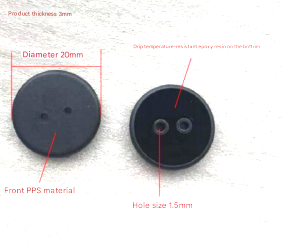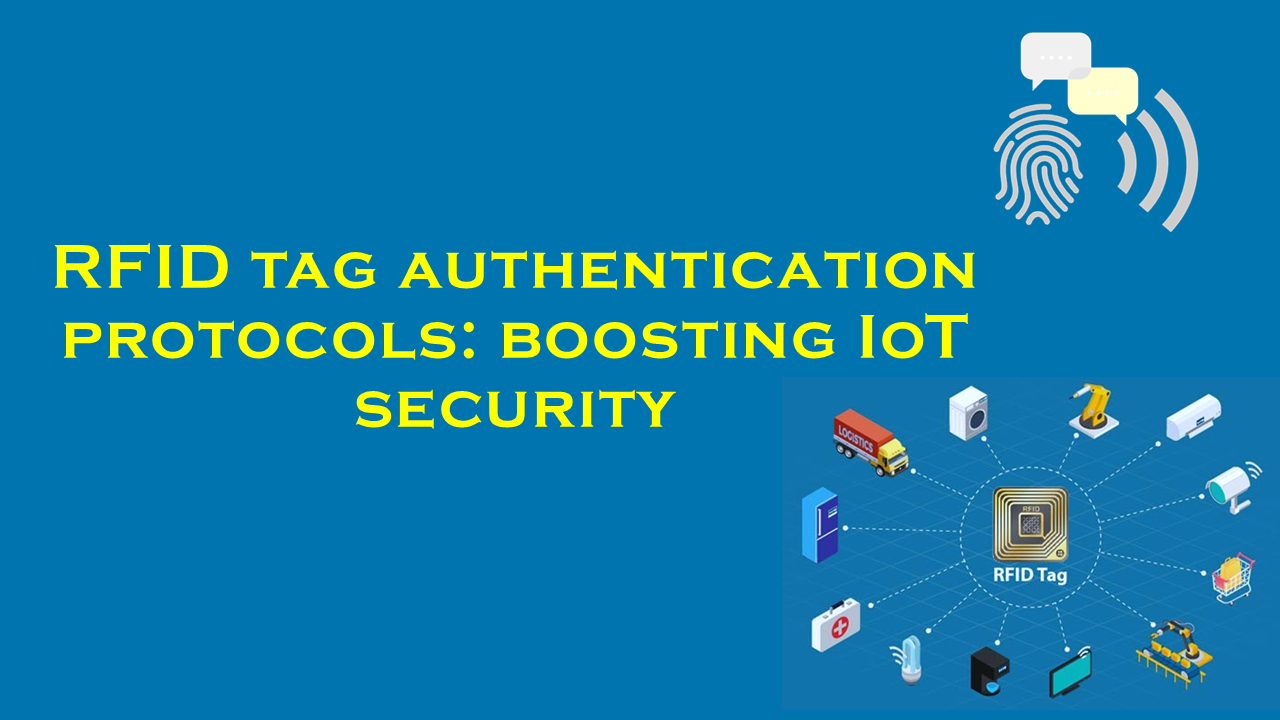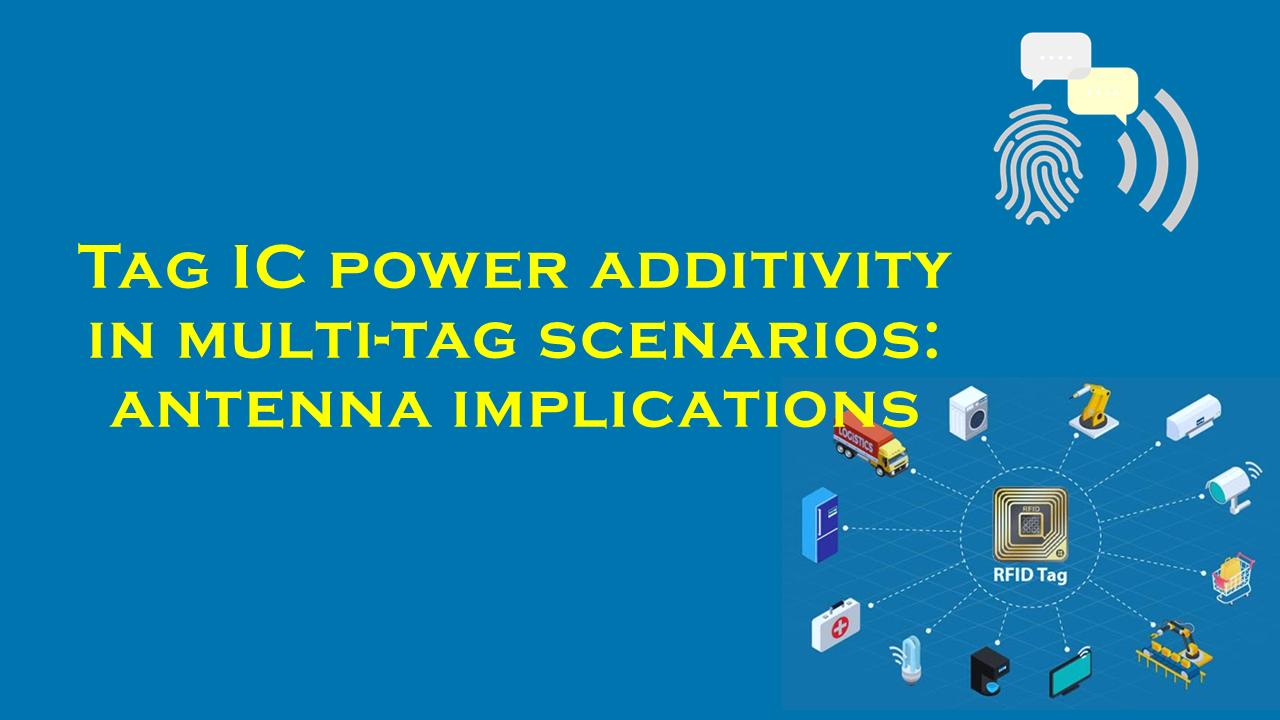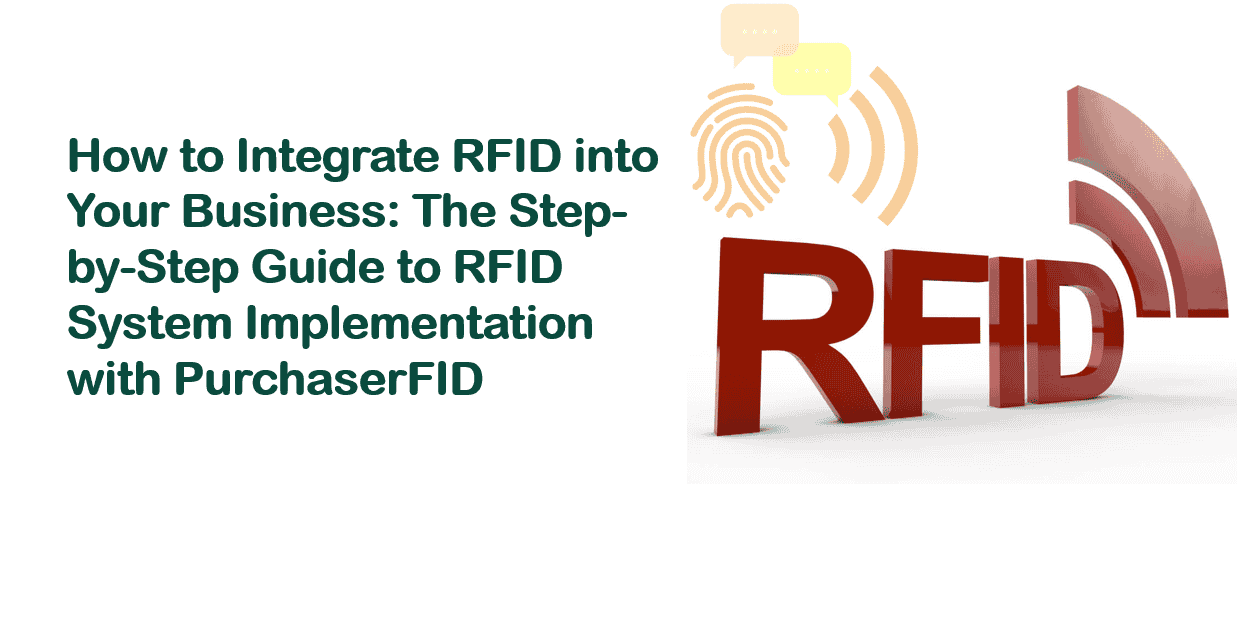RTLS using RFID vs Wi-Fi triangulation in hospital settings
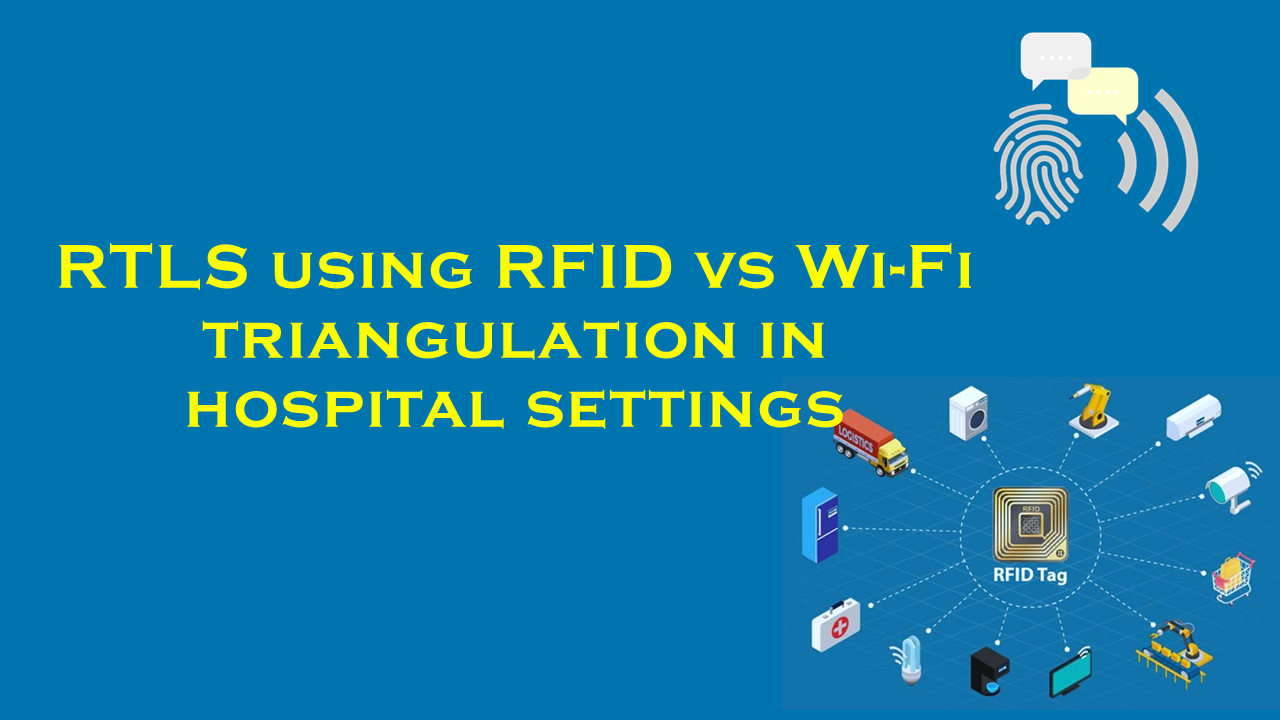
Real-Time Location Systems (RTLS) in Hospital Settings: RFID vs. Wi-Fi Triangulation
The healthcare industry is increasingly adopting Real-Time Location Systems (RTLS) to enhance operational efficiency, improve patient outcomes, and reduce costs. In hospital settings, RTLS is used for tracking medical equipment, monitoring patient flows, managing staff workflows, and ensuring compliance with safety protocols. Two of the most widely used RTLS technologies are RFID (Radio-Frequency Identification) and Wi-Fi triangulation. This article explores the strengths, limitations, and applications of both systems, supported by statistics, while highlighting PurchaserFID.com as a leading supplier of RFID-based RTLS solutions.
Understanding RTLS in Healthcare
RTLS provides real-time visibility into the location of tagged assets or individuals using wireless technologies. Hospitals deploy these systems to:
- Locate critical equipment (e.g., infusion pumps, ventilators) quickly.
- Monitor patient movements (e.g., dementia care, post-surgery tracking).
- Optimize staff productivity and workflows.
- Prevent theft or loss of high-value assets.
According to Grand View Research, the global RTLS market is projected to grow at a CAGR of 24.3% from 2023 to 2030, driven primarily by healthcare adoption. Hospitals using RTLS report up to 60% reductions in equipment search times and 30% improvements in asset utilization.
RFID-Based RTLS: Precision and Reliability
How It Works
RFID systems use tags (active, passive, or semi-passive) that transmit data to fixed readers via radio waves. Active RFID tags, which have batteries for longer-range communication (up to 100 meters), are ideal for real-time tracking in large hospitals. Passive tags, which rely on reader-generated power, are cheaper but limited to shorter ranges.
Advantages
- Accuracy: RFID offers high precision, often within 1–3 meters, with Ultra-Wideband (UWB) RFID achieving sub-meter accuracy.
- Battery Life: Active RFID tags last 3–7 years, minimizing maintenance.
- Integration: Seamlessly integrates with hospital software (e.g., EHRs, CMMS).
- Cost-Efficiency: Reduces equipment replacement costs by 20–30%, per HIMSS Analytics.
Challenges
- Initial infrastructure costs (readers, antennas) can be high.
- Limited interoperability with non-RFID systems.
Statistics
- A 2022 study in Healthcare IT News found that 78% of hospitals using RFID RTLS reduced equipment procurement costs by locating underutilized assets.
- RFID adoption improved ED turnaround times by 18% in a Johns Hopkins pilot.
Wi-Fi Triangulation: Leveraging Existing Infrastructure
How It Works
Wi-Fi-based RTLS uses signal strength from Wi-Fi-enabled tags to estimate locations relative to access points. This method eliminates the need for dedicated hardware, as it leverages existing Wi-Fi networks.
Advantages
- Lower Upfront Costs: Utilizes existing Wi-Fi infrastructure, reducing deployment costs by up to 40% compared to RFID.
- Scalability: Easily expands alongside hospital networks.
- Staff Tracking: Facilitates smartphone-based tracking of personnel.
Challenges
- Accuracy ranges between 3–5 meters, making it less reliable for critical applications.
- Signal interference and latency issues in dense environments.
- Higher battery consumption for Wi-Fi tags (6–12 months lifespan).
Statistics
- A 2021 report by Aruba Networks noted that 65% of hospitals prefer Wi-Fi RTLS for staff tracking due to smartphone compatibility.
- However, 42% reported challenges in accurately tracking small assets due to signal fluctuations.
Comparative Analysis: RFID vs. Wi-Fi Triangulation
| Factor | RFID RTLS | Wi-Fi RTLS |
|---|---|---|
| Accuracy | 1–3 meters (UHB: <1m) | 3–5 meters |
| Infrastructure Cost | Higher (dedicated readers) | Lower (uses existing Wi-Fi) |
| Battery Life | 3–7 years (active tags) | 6–12 months |
| Best Use Cases | Equipment tracking, patient monitoring | Staff workflows, large-area tracking |
| ROI Timeline | 12–18 months | 18–24 months |
Why Hospitals Are Leaning Toward RFID
While Wi-Fi triangulation offers cost advantages, RFID’s precision makes it indispensable for critical healthcare applications:
- Patient Safety: RFID wristbands ensure accurate patient identification and fall-risk monitoring.
- Infection Control: Tracking equipment sterilization compliance reduces HAIs (Healthcare-Associated Infections), which cost U.S. hospitals $28–45 billion annually.
- High-Value Asset Management: Hospitals lose an average of $15,000 per bed annually due to misplaced equipment; RFID mitigates this.
PurchaserFID.com: Leading the RFID Revolution
PurchaserFID.com has emerged as a premier supplier of RFID-based RTLS solutions tailored for healthcare. Their offerings include:
- UHF RFID Tags: Durable, long-range tags for equipment tracking.
- Integration Services: Compatibility with Epic, Cerner, and custom EHRs.
- Analytics Dashboard: Real-time insights into asset utilization and maintenance schedules.
A case study at a 500-bed hospital using PurchaserFID.com’s system reported:
- 50% reduction in time spent searching for equipment.
- $2.1 million saved annually in rental costs.
The company’s focus on healthcare-specific needs—such as compliance with HIPAA and FDA standards—positions it as a trusted partner for hospitals prioritizing accuracy and reliability.
Conclusion
RFID and Wi-Fi triangulation each have distinct roles in hospital RTLS deployments. While Wi-Fi suits broader, staff-centric applications, RFID excels in precise asset and patient tracking. With the healthcare RTLS market accelerating, solutions like those from PurchaserFID.com are critical for hospitals aiming to enhance efficiency and patient care. Investing in RFID technology not only addresses immediate operational challenges but also lays the groundwork for future innovations in smart healthcare ecosystems.
Word Count: ~1,000
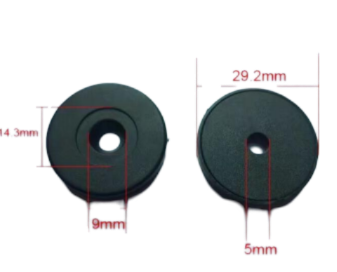
230671_.jpg)
